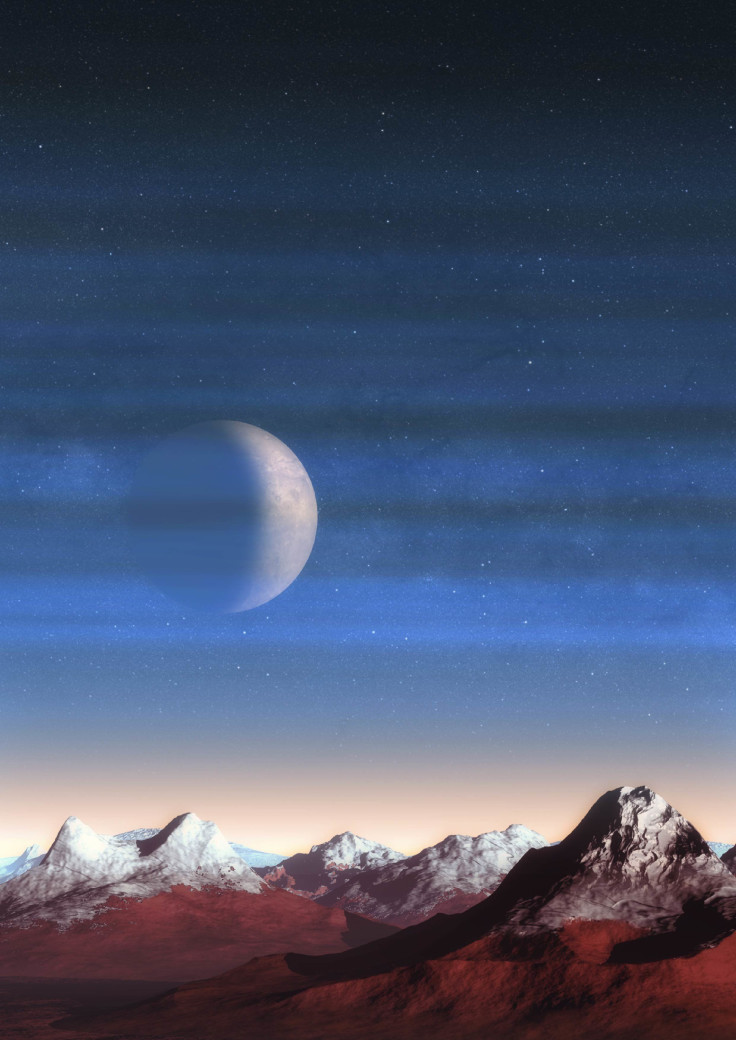Pluto Is Freezing Cold Because Atmosphere Particles Eat Its Own Heat

Special particles in Pluto’s atmosphere eat up heat and keep that world a lot colder than scientists had previously thought it would be, kind of like a cosmic refrigerator.
Those heat-eaters are haze particles, and astronomers say they have lowered Pluto’s air temperature by about 50 degrees Fahrenheit. This mechanism is just another thing that makes the downgraded planet unique, because in other planets’ atmospheres it’s the gas compositions that primarily control the flow of radiation — not haze particles. On Earth and other worlds, different atmospheric gases trap different amounts of heat, affecting the temperature below. Carbon dioxide and methane are the most notorious of these heat-trapping gases on our own planet, for example.
The hazy idea comes after NASA’s New Horizons spacecraft reached Pluto a couple of years ago and measured its atmosphere. Although scientists had predicted it would be -280 degrees Fahrenheit, based on the gas makeup, the New Horizons reading came up as -333 degrees.

According to a new study in the journal Nature, a team has solved the mystery of the unknown cooling mechanism: Haze particles are absorbing heat and then farting out that energy they just ate in the direction of outer space, in the form of infrared radiation. This takes a big chunk out of the little heat that manages to make it all the way out to the dwarf planet in the far reaches of our solar system.
“It’s been a mystery since we first got the temperature data from New Horizons,” first study author Xi Zhang said in a statement from UC Santa Cruz. “Pluto is the first planetary body we know of where the atmospheric energy budget is dominated by solid-phase haze particles instead of by gases.”
There is a lot of haze in Pluto’s atmosphere, created when the sun’s ultraviolet radiation interacts with gases like nitrogen and methane, according to the university.
The astronomers hope to get confirmation of their cooling concept when the James Webb Space Telescope launches in a couple of years. That telescope is being designed to analyze faraway objects, in part using the infrared range of the light spectrum, and it would be able to detect the large amount of infrared radiation the haze particles are emitting as part of this proposed process to keep Pluto cold.
It’s possible that haze also plays a role in the atmospheres of other places too, like Saturn’s biggest moon Titan or certain exoplanets, so the findings could help scientists understand much more than just the equilibrium of Pluto.
New Horizons has unlocked other information about everyone’s favorite dwarf planet during its time out there. The spacecraft has already helped researchers understand what created the giant knife-shaped ice formations on its surface, which NASA has described as looking like ice skyscrapers. According to the space agency, frozen methane built up on the ground and then extreme swings in temperature caused sections of the frozen blocks to sublimate — transforming directly from solid to gas, skipping the liquid phase of matter. The uneven erosion created “dramatic crests and sharp divides,” according to the space agency.
“As a result of this discovery, we now know that the surface and air of Pluto are apparently far more dynamic than previously thought,” NASA said at the time of that discovery.
© Copyright IBTimes 2024. All rights reserved.











